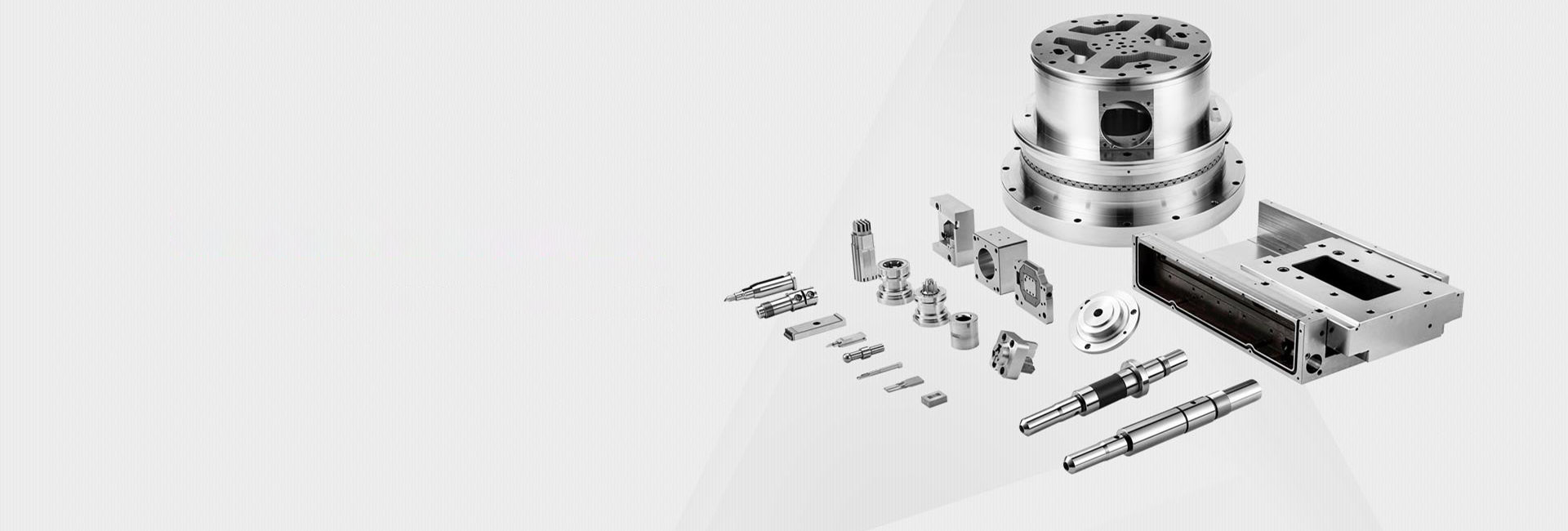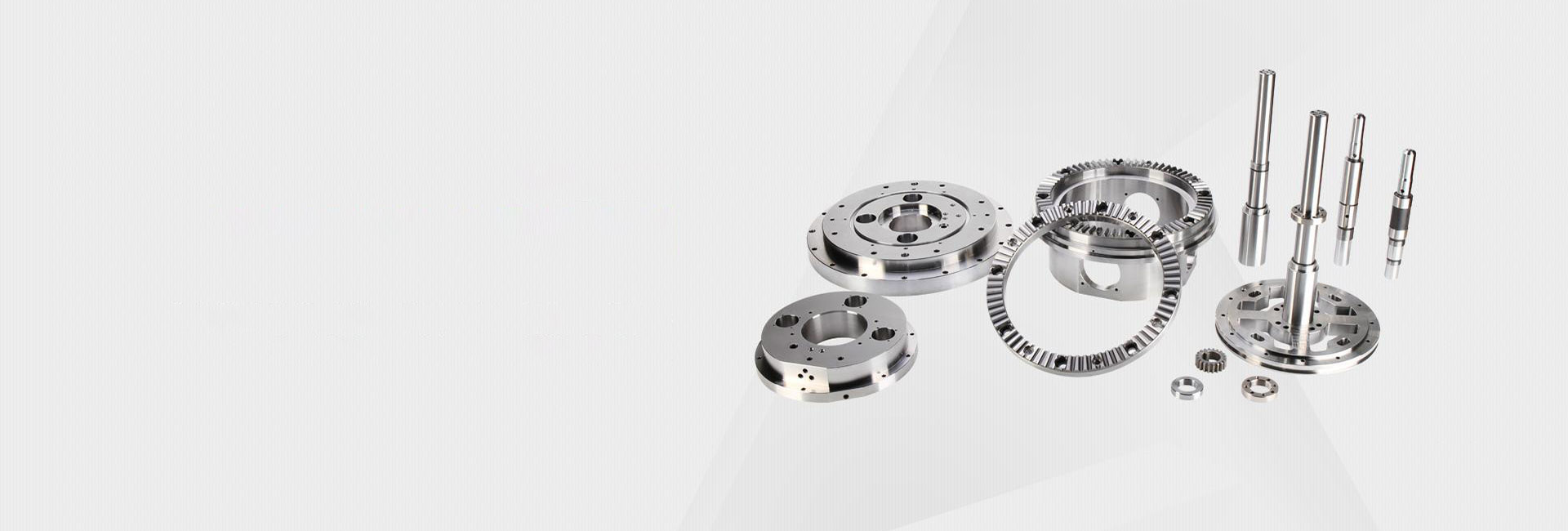Precisieambacht CNC-bewerking, CNC-bewerking van metaalambacht
Ben je het beu dat je high-end productontwerpen in de steek worden gelaten door productie die gewoon niet nauwkeurig genoeg is? 😥 Het oppervlak is ruw, de details zijn wazig en het verliest volledig het artistieke gevoel waar je voor ging. Dit is een veelvoorkomend pijnpunt voor veel ontwerpers en inkoopmanagers. Als het gaat om het maken van eersteklas ambachten of luxegoederen, precision and material choice are everything. Let's talk about how CNC machining solves this.
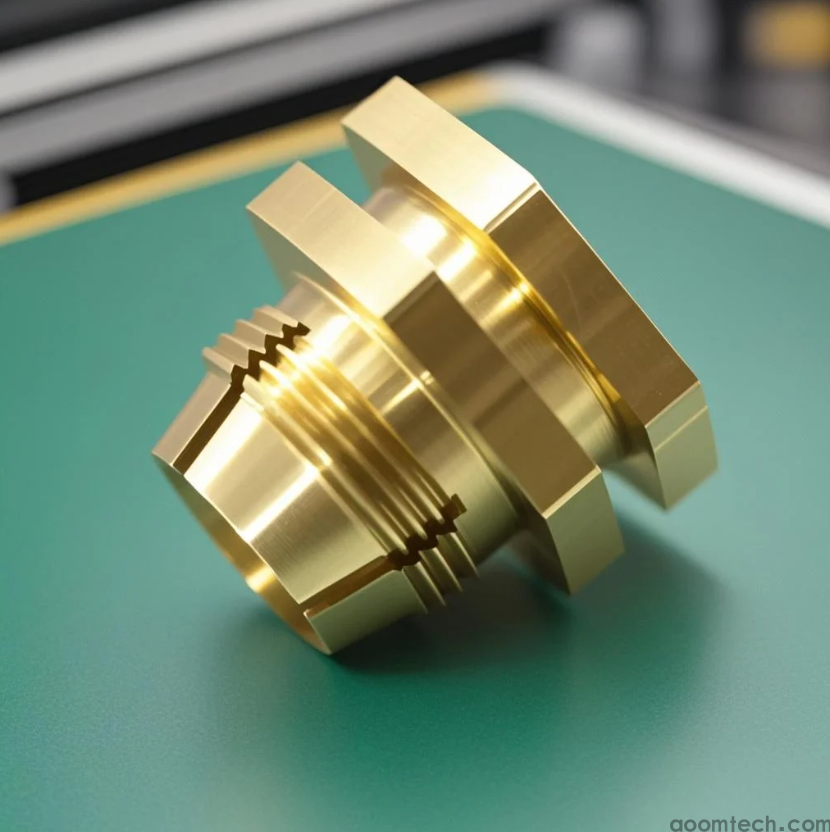
Wat is Precision Craft CNC precies bewerken?
In de kern gaat het om het maken van kunst met machines. Zie het als een supernauwkeurige digitale beeldhouwer. We hebben het over details die fijner zijn dan een mensenhaar. Dit is geen doorsnee bewerking; het is een speciaal proces voor stukken waarbij every micron matters. While the goal is perfection, it's worth mentioning that achieving sub-micron level consistency on extremely complex organic shapes can still be a challenge that pushes the limits of current technology.
Waarom is metaal een go-to-materiaal voor high-end ambachten?
Metaal heeft gewoon een aanwezigheid waar plastic niet aan kan tippen. Het voelt substantieel, waardevol en tijdloos aan. Maar het gaat niet alleen om uiterlijk:
• Durability: A metal craft can last for generations, no joke.
• Premium Finish: You can polish it to a mirror shine, or brush it for a sophisticated matte look. The options are vast.
• Intricate Details: CNC machines can carve incredibly fine patterns into metals like brass or aluminum, capturing the soul of your design.
Dat gezegd hebbende, werken met metaal is moeilijker voor het gereedschap en kost meestal meer dan andere materialen, wat een sleutelfactor is in uw cost planning.
Hoe ziet de echte workflow eruit? Van bestand tot afgewerkt stuk
Het is een meer betrokken proces dan mensen misschien denken. Ik gebruik vaak een 5-stappenbenadering in mijn projecten:
1. 3D Model Finalization: This is the blueprint. Any error here gets carved in metal, literally.
2. Programming the CNC Path: The technician translates your model into a language the machine understands. This is where their expertise makes or breaks the part.
3. Material Selection & Setup: Choosing the right metal stock and securing it perfectly in the machine.
4. The Machining Process: This is where the magic happens, with cutting tools shaping the block. Multiple tools and steps are often involved.
5. Post-Processing: This is the secret sauce. Deburring, polishing, and maybe even plating or anodizing for color.
Deze hele reis, van een digitaal bestand tot een fysiek object dat je kunt vasthouden, verbaast me nog steeds. Het suggereert misschien dat we de werelden van traditioneel vakmanschap en digitale precisie combineren.
Hoe u een leverancier kunt vinden die daadwerkelijk kwaliteit kan leveren
Niet alle machinewerkplaatsen zijn gelijk gemaakt. Dit is wat ik zoek:
• Ask for a Portfolio: Don't just take their word for it. Demand to see photos of previous craft projects. Look at the finish and detail.
• Inquire About Their Equipment: Older machines might not hold the tolerances you need for a true "level one" craft.
• Communication is Key: Do they understand your aesthetic goals, or are they just talking about specs? A good partner gets both.
Maar eerlijk gezegd, het specifieke mechanisme voor hoe sommige winkels consequent een "met de hand afgewerkte" look bereiken met CNC is iets waar ik nog steeds nieuwsgierig naar ben - het lijkt een goed bewaard geheim te zijn.
Een klein geheim: de kracht van prototyping
Voordat je je inzet voor een volledige productierun, vooral voor een complex stuk, get a prototype made. It's an upfront cost that can save you a fortune later. You can test the feel, the weight, and the overall look. It's your chance to catch issues before they become expensive mistakes. This one step has saved my projects more times than I can count. 😌
Uiteindelijk gaat het vinden van de juiste partner voor precisie-metaalambachten over gedeelde normen. Het is niet alleen een inkooporder; het is een samenwerking om iets uitzonderlijks in de wereld te brengen.
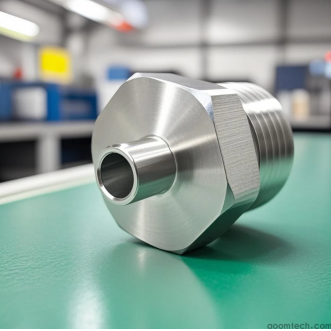 Niet-standaard Precisie CNC Machining Fabrikant Contactgegev
Niet-standaard Precisie CNC Machining Fabrikant Contactgegev
 Precisieambacht CNC-bewerking, CNC-bewerking van metaalambac
Precisieambacht CNC-bewerking, CNC-bewerking van metaalambac
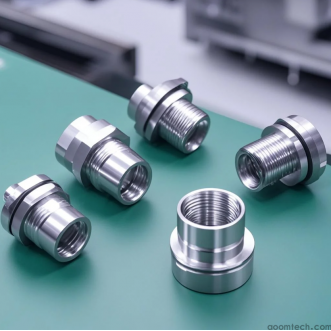 Efficiënte CNC-bewerking Offertedetails, Hoe CNC-bewerkingsk
Efficiënte CNC-bewerking Offertedetails, Hoe CNC-bewerkingsk
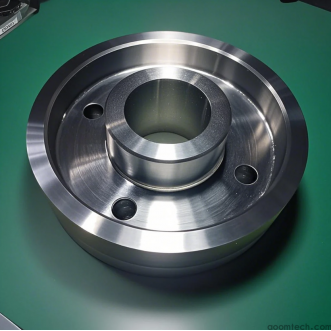 Warmtebehandeling en CNC-bewerkingssequentie, warmtebehandel
Warmtebehandeling en CNC-bewerkingssequentie, warmtebehandel

